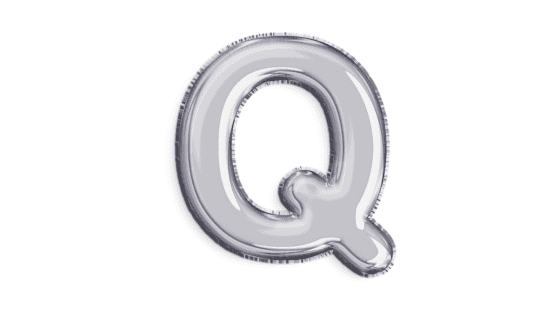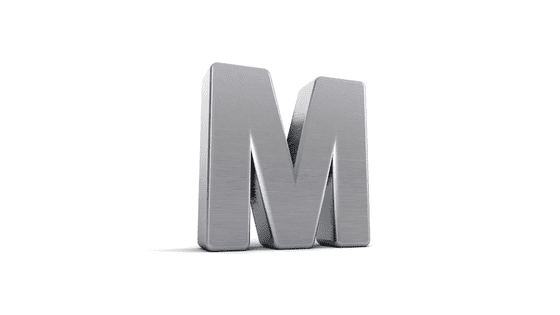How To Describe A Person – With Examples
People are often described through various lenses, ranging from physical appearance to complex psychological traits.
And if we asked two different people, how to describe the very same person, they are likely to give different answers. This is because they will base their description on their own perspective, drawing on their own past experiences, their beliefs, opinions and preferences.
So what is the best way to describe a person? From the tangible aspects of wealth and physical attributes to the more intangible realms of cultural backgrounds and moral beliefs, there are myriad dimensions that shape who we are.
This article delves into 12 distinct categories that help to offer a comprehensive perspective on how we might describe people.
Through this exploration, we’ll gain insights into how these facets intertwine to create the unique and complex beings we are.
Whether for fostering deeper relationships, enhancing empathy, or understanding oneself, this framework offers a window into the richness of human diversity and individuality.
You may also like:
How To Describe A Person
Physical Appearance:
This encompasses observable characteristics such as:
-
- Height, weight, body build
- Eye color, hair color, skin tone
- Facial features, scars, tattoos
- Clothing style
It’s often the first thing people notice and can influence initial impressions.
Example: “With her tall frame, curly brown hair, and bright blue eyes, she stood out in the crowd.”
Personality Traits:
Personality traits define a person’s character, encompassing tendencies like:
-
- Introverted or extroverted
- Optimistic or pessimistic
- Creative, logical, practical
- Confident, shy, ambitious
- Emotionally stable, neurotic
Plus other defining attributes that shape how a person ‘appears’ to think, feel, and behave.
Example: “He’s a creative and optimistic thinker, always finding unique solutions to problems.”
Behavioral Characteristics:
This refers to the specific actions, habits, and mannerisms that make a person unique.
It can include:
-
- Habits, quirks
- Mannerisms, gait
- Speech patterns, accent
- Personal hygiene
Example: “Her contagious laughter makes her immediately likable.”
Occupational and Social Roles:
This describes a person’s job, social standing, education, and roles within their family and community, such as:
-
- Job or profession
- Education level
- Socioeconomic status
- Family role (e.g., mother, father, child)
- Community involvement
These roles often shape identity and can influence a person’s daily activities and long-term goals.
Example: “As a dedicated nurse and loving mother, she balances her professional and family life remarkably well.”
Psychological and Mental Health Factors:
This refers to an individual’s mental and emotional well-being, including:
-
- Mental health diagnosis or challenges
- Cognitive abilities or disabilities
- Emotional intelligence
- Stress coping mechanisms
Example: “His resilience and emotional intelligence have helped him overcome many personal challenges.”
Cultural and Ethnic Background:
This encompasses a person’s:
-
- Ethnicity, race
- Languages spoken
- Religious beliefs
- Cultural traditions and values
It shapes values, beliefs, and practices, and often plays a significant role in identity formation.
Example: “Growing up in a traditional family, he values harmony, respect, and hard work.”
Interests and Hobbies:
This category includes:
-
- Preferences such as sports, arts, music
- Hobbies, leisure activities
- Favorite books, movies, food
- Travel interests
It can be a strong indicator of personality and a way to connect with others.
Example: “An avid reader and traveler, she has an extensive collection of books and has visited over 30 countries.”
Relationships and Interactions with Others:
This involves a person’s connections and how they communicate and interact with others in various social situations:
-
- Family connections
- Friendships
- Romantic relationships
- Communication style (e.g., assertive, passive)
Example: “He’s known for his deep connections with family and his ability to make friends wherever he goes.”
Moral and Ethical Beliefs:
This pertains to a person’s core values, ethics, political beliefs, and convictions about right and wrong:
-
- Values, ethics
- Political beliefs
- Environmental consciousness
- Social justice perspectives
It often guides decision-making and behavior, particularly in social and environmental contexts.
Example: “Her commitment to environmental conservation reflects in her lifestyle choices, from recycling to using public transport.”
Life Experiences and History:
This includes significant events, achievements, failures, and experiences that have shaped a person’s life, such as:
-
- Childhood experiences
- Significant life events
- Achievements, failures
- Travel experiences
Example: “Having served in the military, experienced loss, and built a successful business, his life story is filled with ups and downs.”
Health and Wellness:
This refers to an individual’s physical health, including:
-
- Medical conditions
- Physical abilities or disabilities
- Dietary preferences or restrictions
- Exercise habits
It can significantly impact daily life and overall well-being.
Example: “Despite his limited mobility, he maintains an active lifestyle through careful diet and exercise.”
Online and Digital Presence:
This category describes how a person represents themselves online, including:
-
- Social media behavior
- Online communities
- Digital footprints
It’s not something that we traditionally thought of when describing a person, however, it’s increasingly relevant in today’s interconnected digital world.
Example: “Her engaging social media posts and active participation in online communities demonstrate her passion for digital art and design.”
Understanding Bias When Describing People
Describing a person is a complex undertaking that reaches far beyond mere appearance or superficial traits.
It encompasses a rich mosaic of characteristics, including physical attributes, personality, cultural background, privilege, and even digital presence.
However, this nuanced understanding comes with a profound responsibility to recognize and mitigate our own biases, opinions, and preconceived notions.
While we strive to describe and understand others, we must be mindful of the lenses through which we view them.
Our perceptions are often colored by our experiences, beliefs, and societal influences, which can unconsciously shape our judgments and interactions.
Embracing a mindful approach to describing others means acknowledging these inherent biases and actively working to see beyond them.
It involves a commitment to empathy, openness, and a willingness to question our assumptions. In a world where diversity and individuality are celebrated, yet often misunderstood, the ability to describe a person with accuracy, sensitivity, and awareness is more than a skill; it’s a pathway to deeper connection, broader understanding, and a more compassionate and inclusive society.
For more adjectives and word lists, be sure to check out:
- Words To Describe Thoughts – Types of Thoughts & Examples
- 250+ Kind Words To Describe Someone
- Words To Describe A Caring Person (With Definitions)





